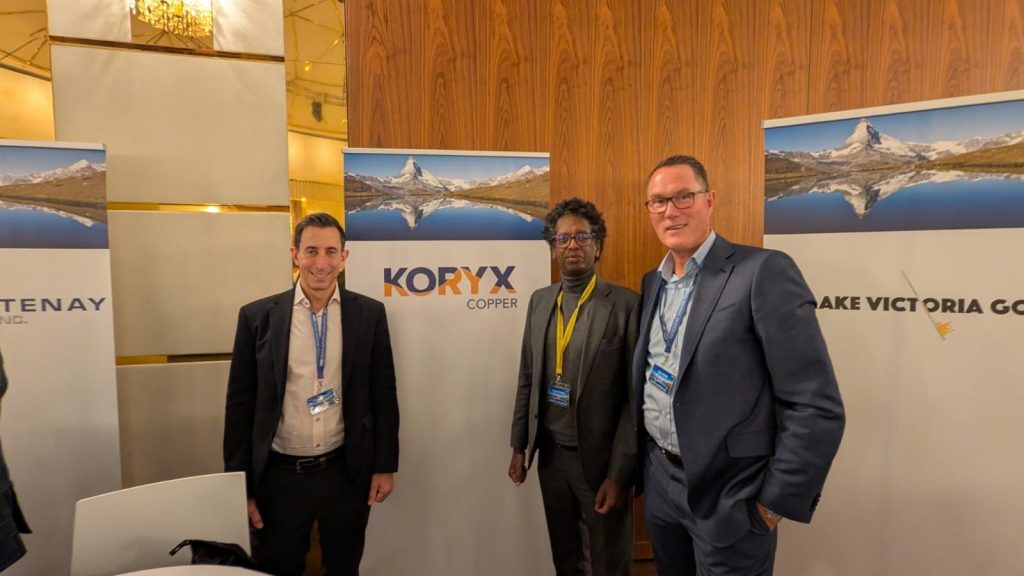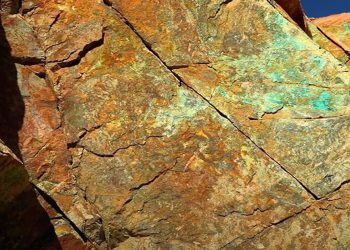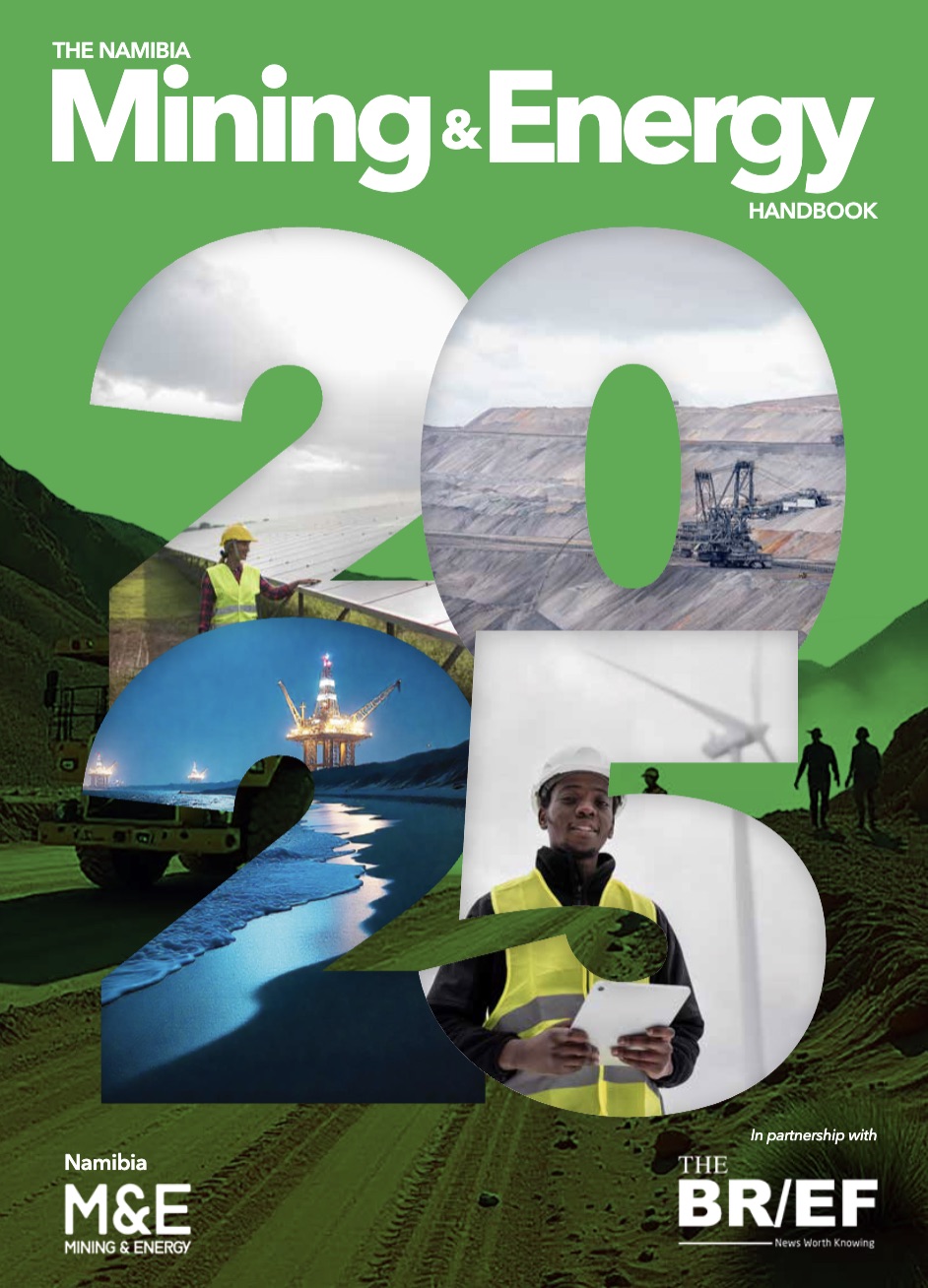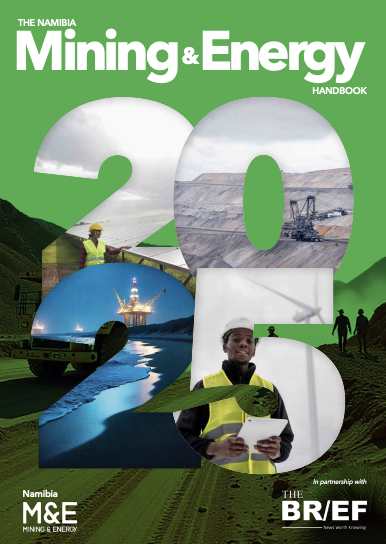
Koryx Copper Inc. is currently assessing the Orange River and the Neckartal Dam as the two most viable raw water supply options for its Haib Copper Project in southern Namibia.
The company said both sources are being carefully evaluated through trade-off studies that consider capital and operational costs, practical operability, and regulatory requirements.
Koryx President and CEO, Heye Daun, said the company is working with NamWater on conceptual designs and costings as part of its broader infrastructure planning for what it hopes will become a large-scale, low-cost copper mine.
“A range of possible alternatives for the supply of approximately 20 million cubic metres per year of raw water have been evaluated on a preliminary basis,” Daun said.
“The trade-off studies completed have identified the Orange River, located 9 kilometres away, and the Neckartal Dam, situated 250 kilometres from the site, as the two most suitable options. Either option has advantages and disadvantages in terms of capital and operating costs, operability, and permitting.”
The company has also progressing with its mining licence application and Environmental and Social Impact Assessment (ESIA) in line with International Finance Corporation (IFC) standards, to obtain an Environmental Clearance Certificate from the Ministry of Environment, Forestry and Tourism.
“The ESIA is being prepared to obtain an Environmental Clearance Certificate for the project from Namibian authorities and to supplement a NI-43-101 technical report providing environmental and social compliance components as well as permitting for the project,” Daun said.
The ESIA covers several aspects, including water sources, biodiversity, air quality, archaeology, and socio-economic impacts. According to Koryx, no critical risks have been identified so far, and the final Environmental and Social Management Plan is expected to be submitted by the end of 2025.
In the meantime, Koryx is pushing ahead with its drilling activities. Daun said four rigs are currently on-site, with four more scheduled to arrive in the third quarter of 2025. The company is undertaking a 55,000-metre infill and expansion drilling programme, which is expected to be completed in the first quarter of 2026.
“Our team has made substantial progress over the past six months, particularly in metallurgical testwork, process design, and infrastructure planning. We are confident that Haib can become Africa’s next large-scale, low-cost copper mine,” Daun said.
Koryx has reported strong preliminary results from its metallurgical testing, with flotation recovery averaging 89% at a grind size of 120–150 microns, producing clean copper concentrate with grades of 20–25%. Additional tests, including coarse particle flotation, dense medium separation, and ore sorting, are underway, with final results expected by August 2025. Heap leach column tests, which could support a potential low-grade expansion, began in June 2025, with results expected in early 2026.
A Preliminary Economic Assessment (PEA) is scheduled for release in the third quarter of 2025. The company said the study will outline Haib’s potential as a conventional, long-life open-pit operation with a scalable milling and flotation base, and will also assess the viability of adding a heap leach/SX-EW circuit to process lower-grade ore and produce copper cathode on-site.
“This high-quality PEA is intended to demonstrate the techno-economic feasibility of Haib as a conventional, long-life, low-cost, large-scale open-pit mine, producing copper in clean concentrates, with additional copper cathode from a heap-leach expansion scenario,” Daun said.
Koryx currently employs more than 50 people on site, including 12 geologists and four engineers. The team is supported by diamond drill rigs, earth-moving equipment, and a range of consultants from Namibia, South Africa, and Chile. Among its technical partners are DRA, Mintek, MJIO, SGS, Maelgwyn, and TOMRA.
“We have multiple world-class engineering consultants in the final stages of completing this study,” Daun said.
“We are also expediting our drill programme to deliver an improved mineral resource and to capture additional project value through an enhanced technical study during the first half of 2026.”
Further technical milestones, including an updated Mineral Resource Estimate and an advanced study—either an updated PEA or a Pre-Feasibility Study—are expected in the first half of 2026.







